Tag: My Peacetree Archives
-
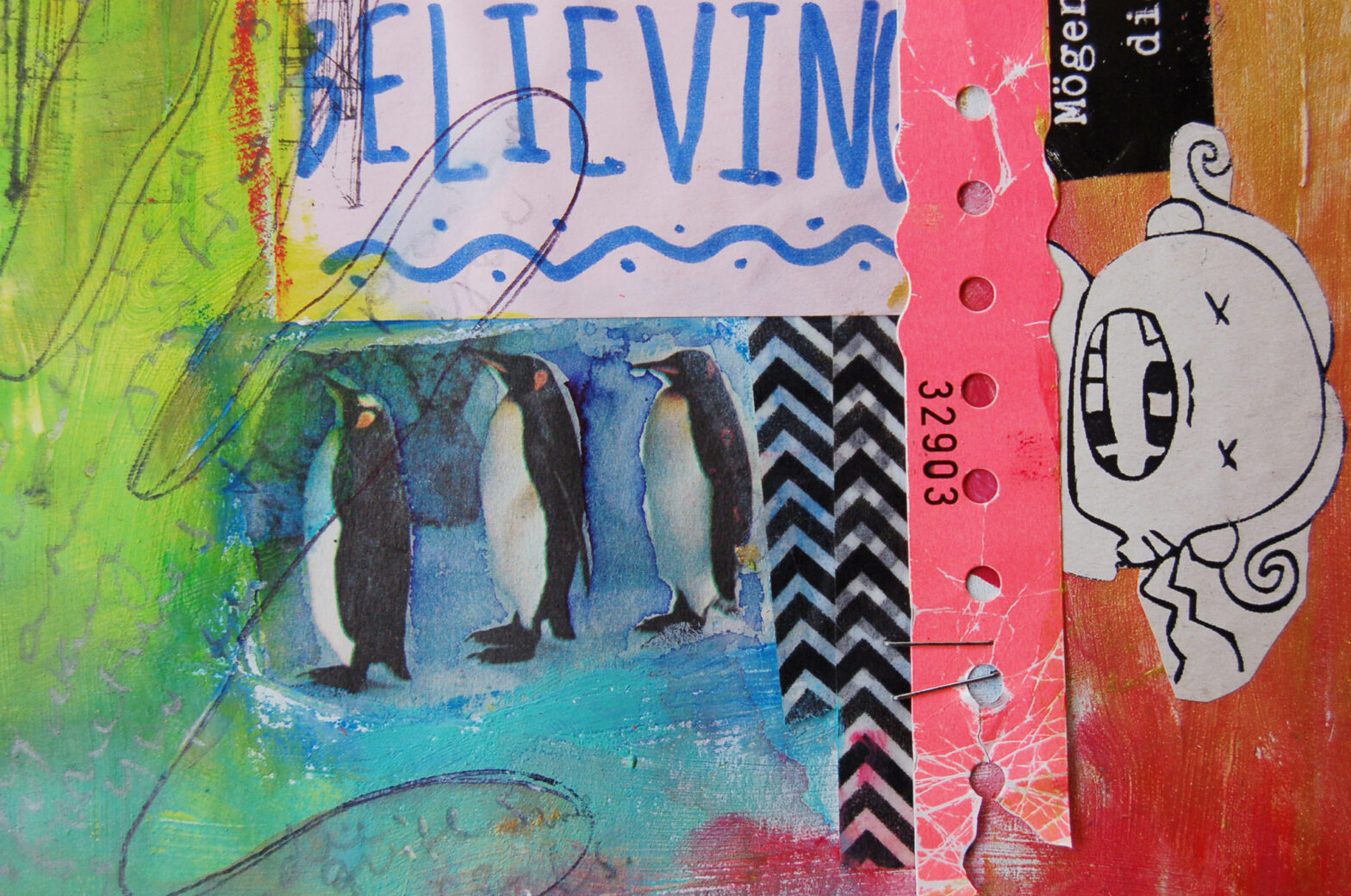
How to Use Structure to Inspire Creativity
•
I wonder about the relationship between structure and creativity, right-brain and left-brain thinking, and the spontaneity of creation and the reliability of planning.
-
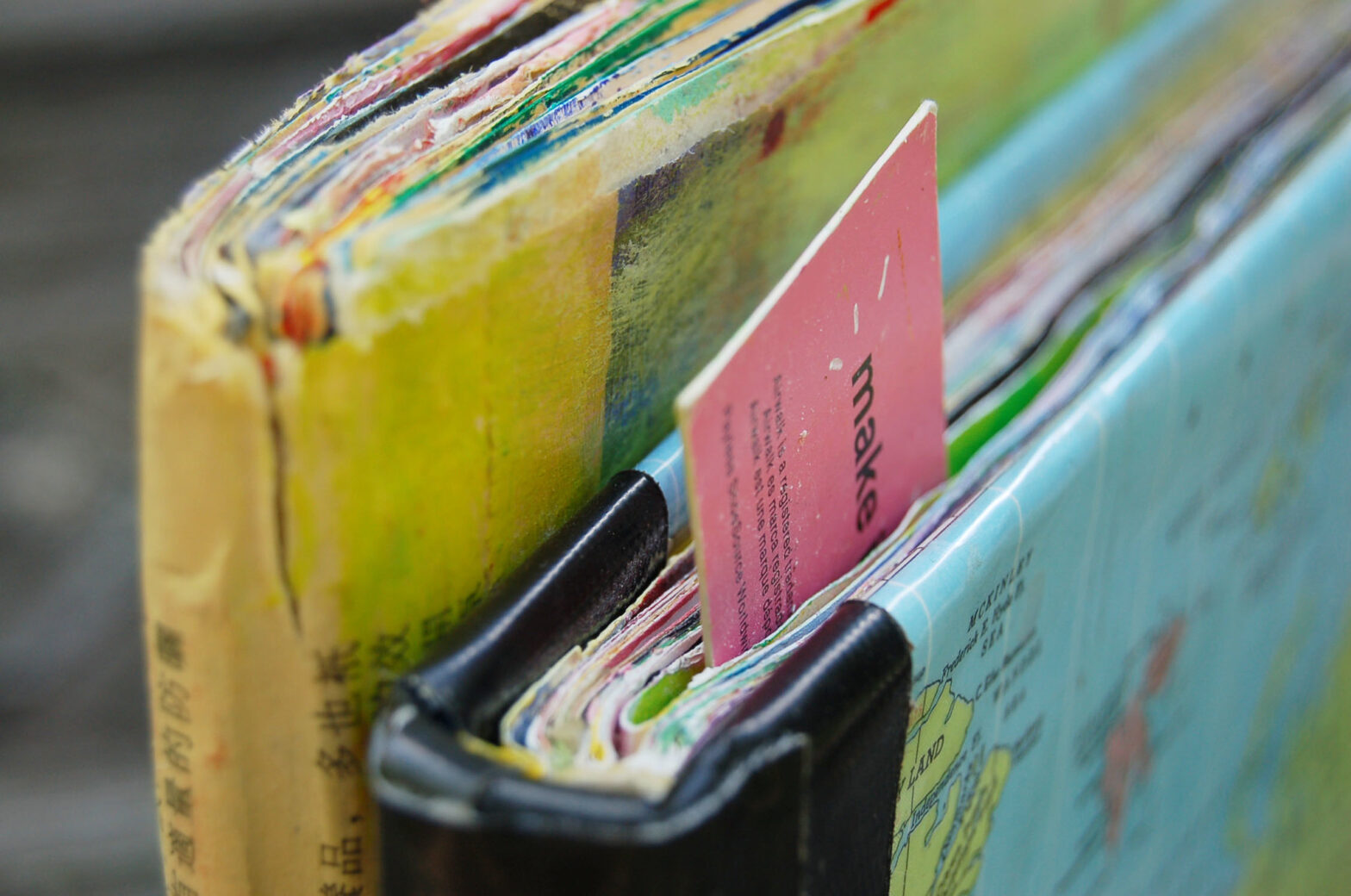
8 Myths about Art Journaling
•
One of the most wonderful things about art journaling – and one of the hardest to become comfortable with – is that there is no wrong way to do it.
-
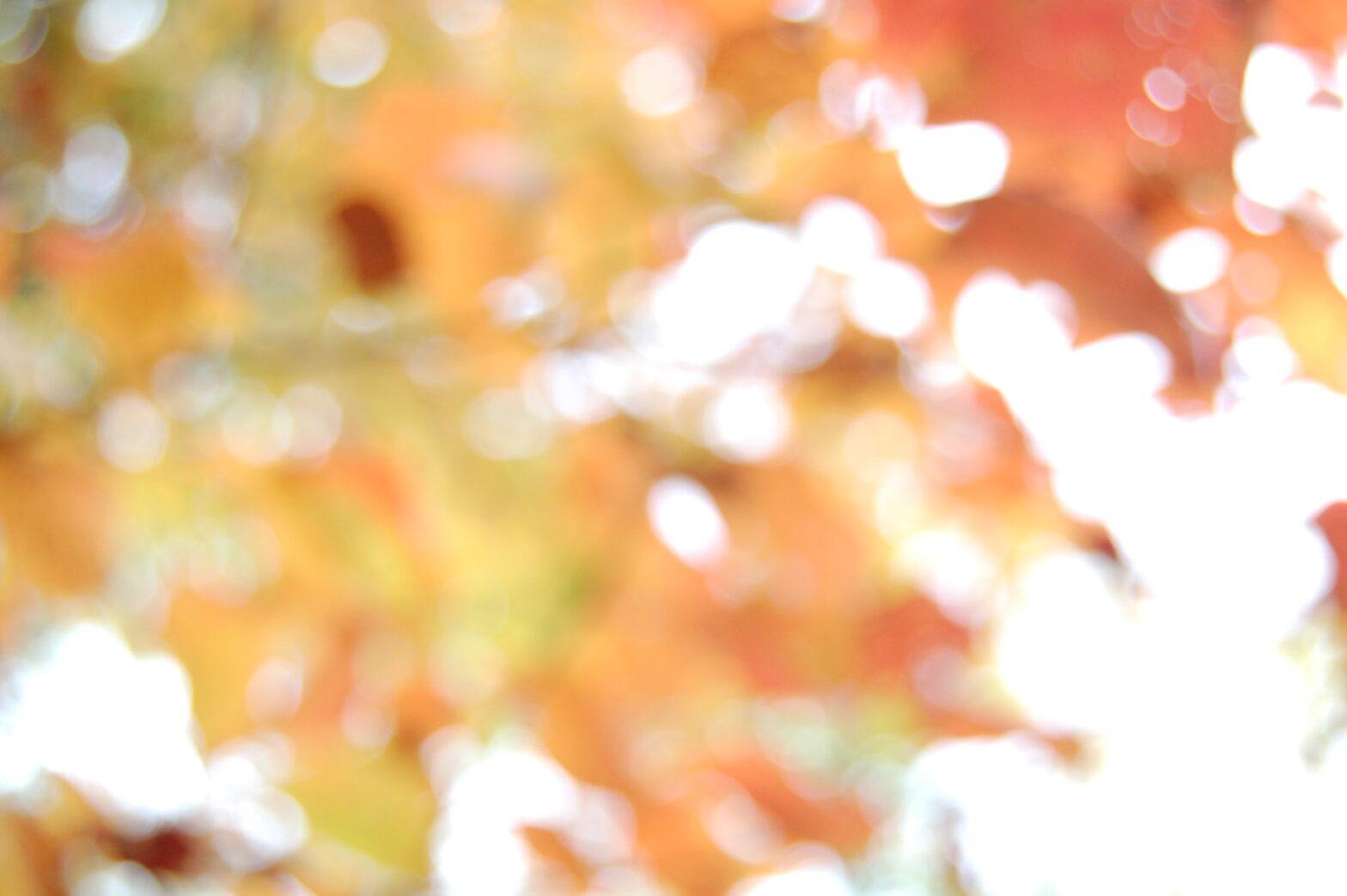
Wonderful, Silly, Amazing Life
•
The tiny details in our lives often become the main focus; it’s so easy to forget how enormous the Universe is and how beautiful the world is.
-
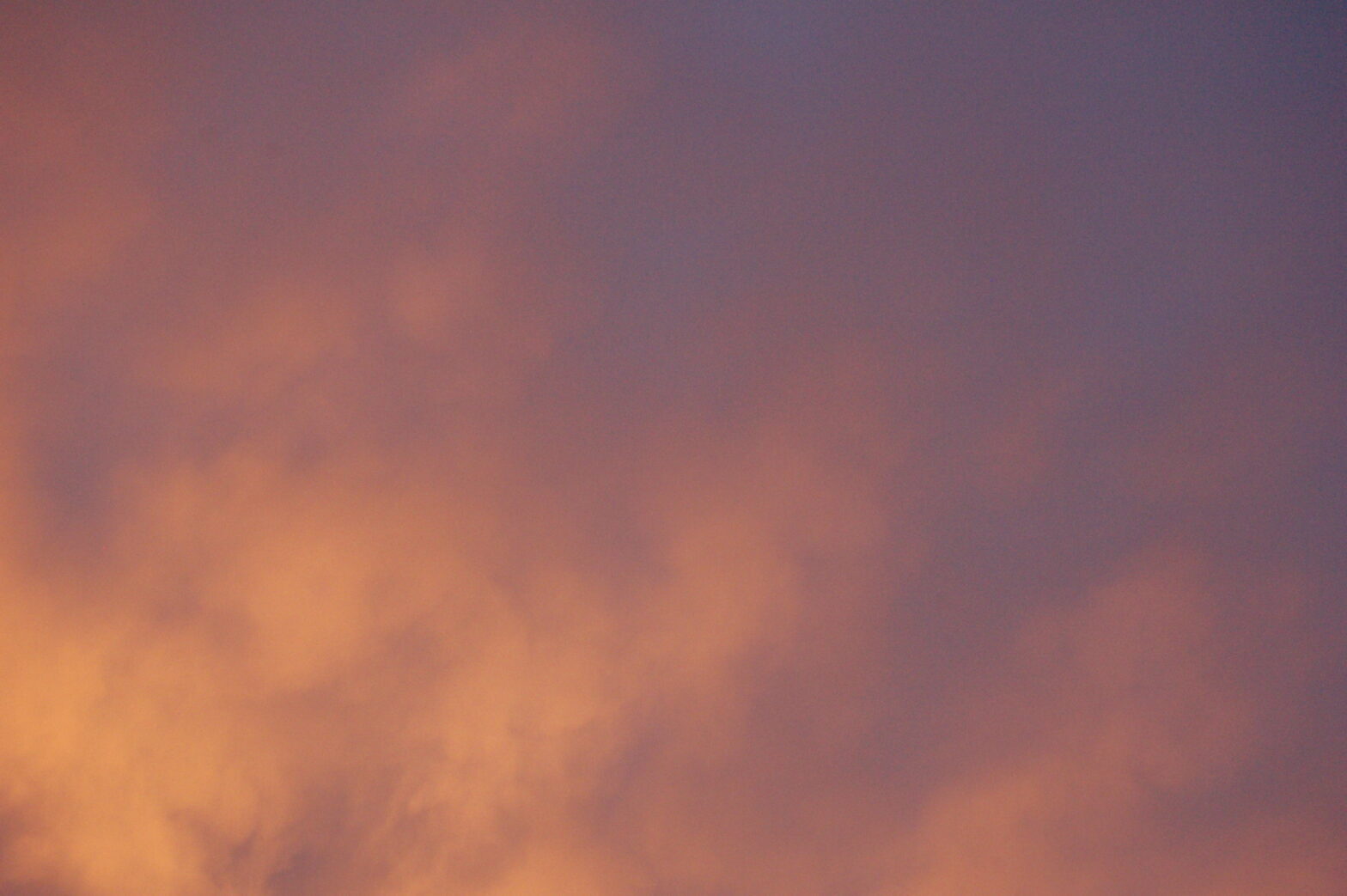
Truest Truth
•
We all have been in the midst of difficult situations – every last one of us. We are human, after all, and life is made of challenges to be overcome.
-
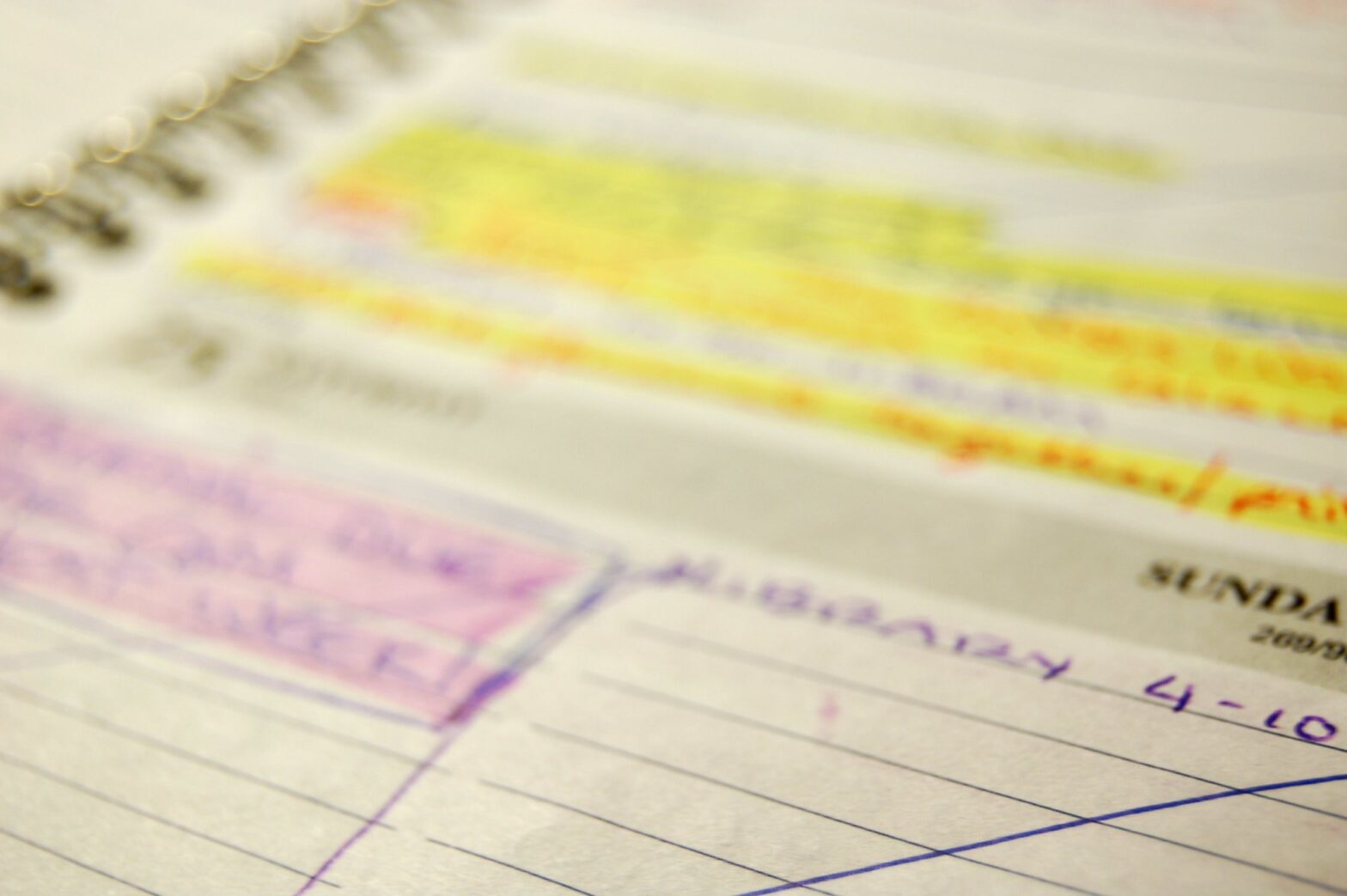
Self-Love in Busy Moments
•
Repeat after me: I will give myself a moment or two of my own time. I will remember that I (and my mental, physical, and emotional health) am a priority. I will be gentle with myself.
